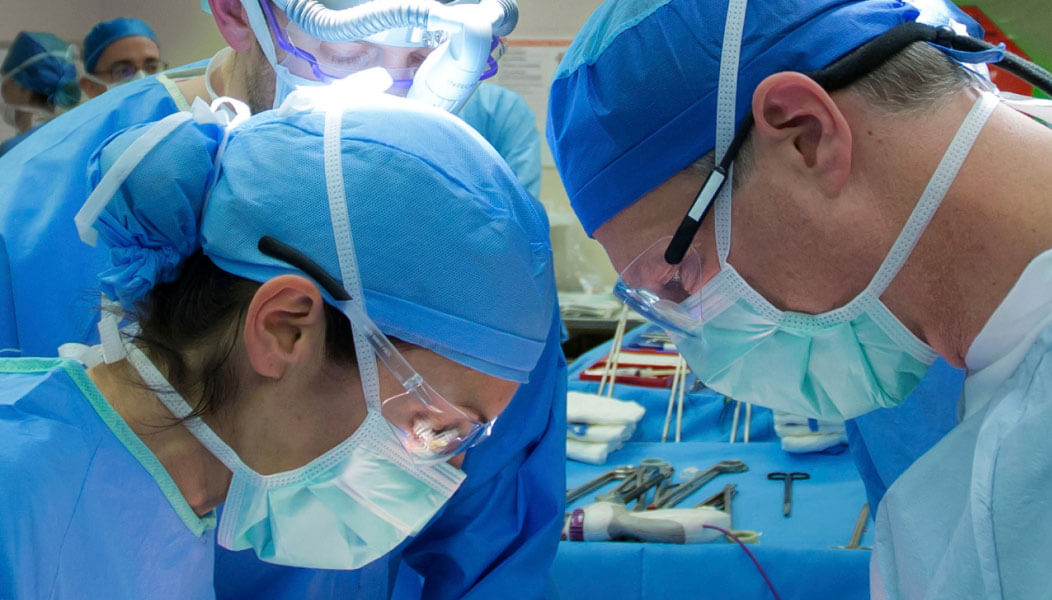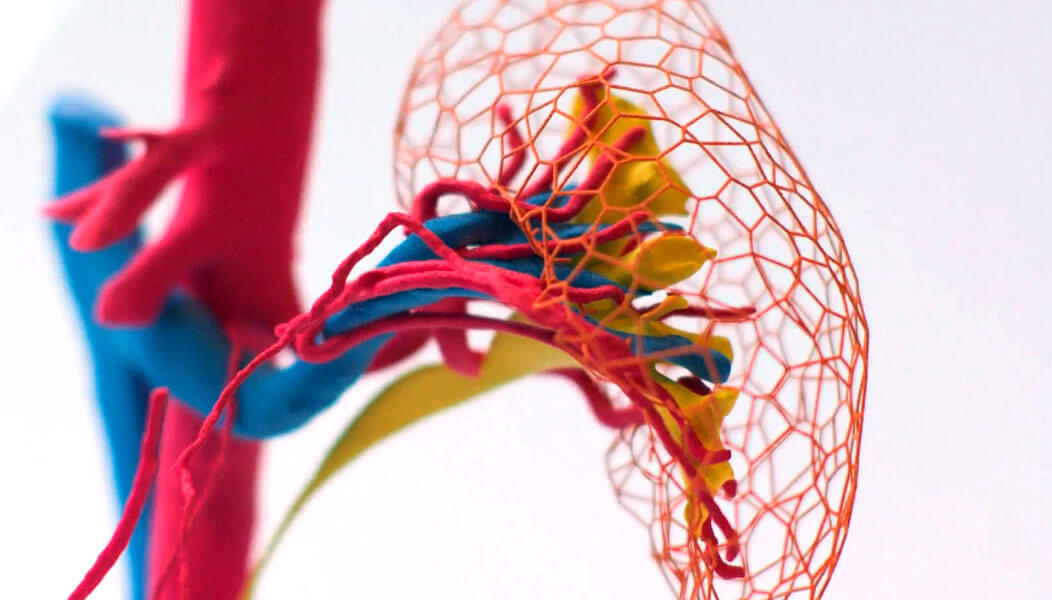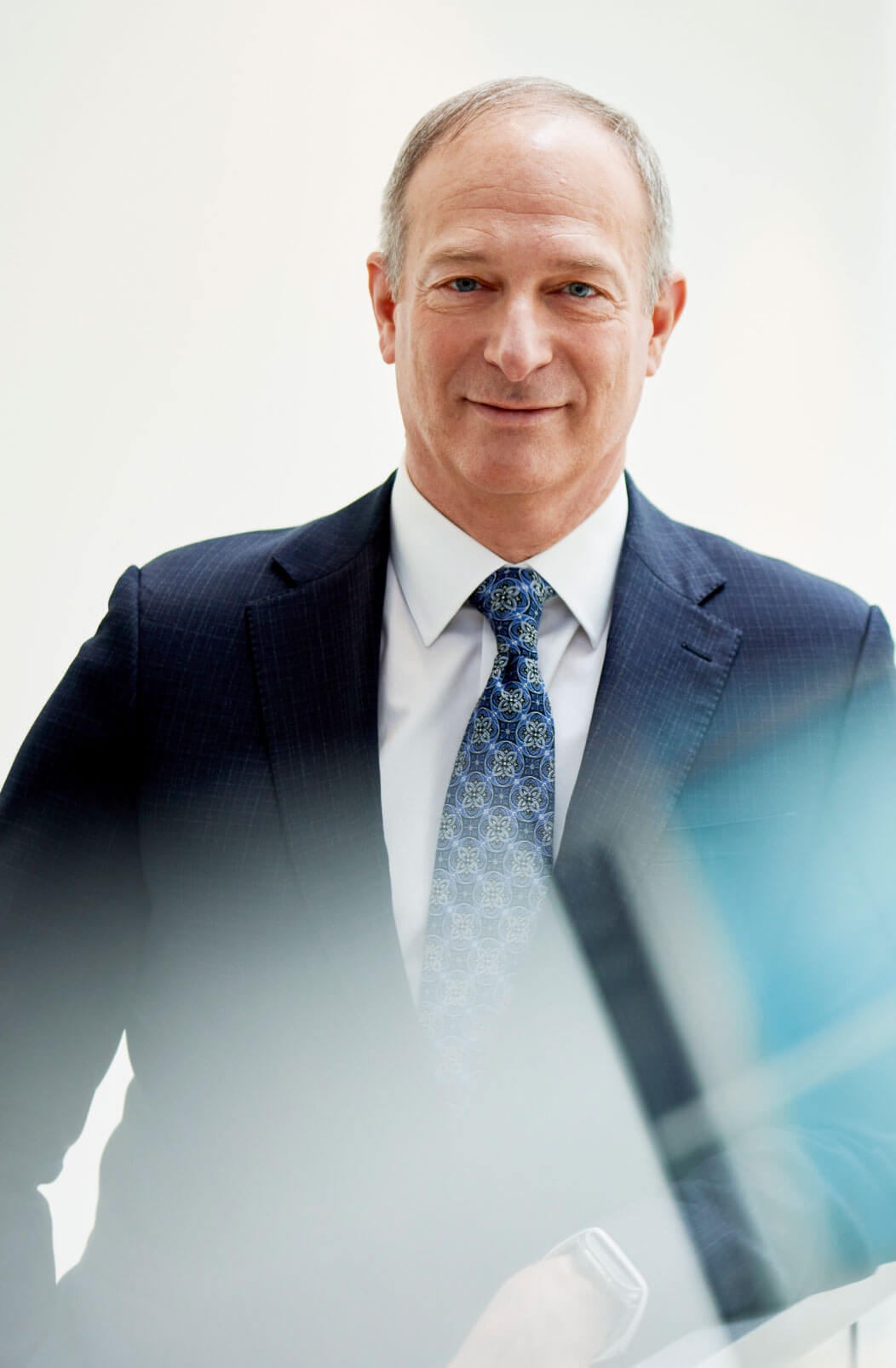Another tool that has made a tremendous difference for Dr. Leibovich is the 3D printer. Using the patient’s imaging, the printer generates an exact three-dimensional replica of the area on which the surgery will be performed. “This was proposed to me by a friend in radiology and honestly I thought it would make a great paperweight,” he says. “But what I found was the ability to not just see it in three dimensions, but to actually rotate it in your hands, feel it with your fingers…that’s special and different. And I realized how wrong I had been.”


Dr. Leibovich now brings the 3D models into the operating room to enable his entire team to visualize the procedure. During surgery, he might ask an assistant to hold it up so he can see what they’re encountering in the patient. “Afterwards,” he says, “We have patients take the models home and proudly display them. Each model demonstrates a story of how far they’ve come.”
“It’s really a story about collaboration,” he says. “A radiologist suggested it and we started utilizing it in urology. Now many departments use the 3D models to plan their surgeries,” he adds. “It simply allows me to do my job more effectively and be safer for the patient. It also allows us to educate the patient and their family in ways we never could before.”
Collaboration is important for Dr. Leibovich. “The ability to have this back-and-forth flow of knowledge with surgeons from other disciplines and different specialties has greatly impacted my day-to-day work,” he says. “I have access to people who think on a different level and comparing notes invariably leads to breakthroughs.”

I have access to people who think on a different level and comparing notes invariably leads to breakthroughs.”
Dr. Leibovich has seen a lot of change since coming to Mayo Clinic in 1995. As the medical director for the Center for Digital Health, he has a huge team that is focused not only on the next few years but, based on data analytics and access to information on a scale not previously possible, what will the future look like. “Imagine a world before Uber, before Amazon. Medicine is going to evolve in a way that will make those transformations seem minor.”
When asked why he came to Mayo Clinic, Dr. Leibovich’s eyes light up. “We get levels of support not seen anywhere else in medicine. I can focus on what’s best for my patients. I can focus on the research I need to do. I can focus on promoting testicular cancer screening. I can focus on the administrative work to develop the Center for Digital Health. Everything that distracts physicians elsewhere, I don’t have to worry about.”

And focusing on the patient sitting in front of him is what Dr. Leibovich loves best. “I don’t have a generic approach. I try to provide answers that will resonate with each individual,” he says. Often his patients have similar questions. Can I be cured? What impact is this going to have? Will I have a normal quality of life? “Whatever the question, I try to make sure they have hope, that they have an understanding there’s always something we can do to make things better,” he adds. “Thankfully, with what I chose to do for a career, the majority of the answers are, yes, we can cure you, and yes, we are going to restore or preserve your quality of life in the process.”
“I love what I do. I get to cure people of renal and testicular cancer. And those I can’t, I can often make much better and extend their lives significantly. I get to work with amazing people who are incredibly aligned with the fact that all they want to do is cure these patients. All they want to do is give somebody hope. All they want to do is make life better for every patient,” he says, reflecting on his time at Mayo Clinic. “Who wouldn’t want that job?”
“The way we work together as a team, the way Mayo Clinic supports those who care for patients, hasn’t changed in over 150 years, it’s what kept me here for all this time.”
The way we work together as a team, the way Mayo Clinic supports those who care for patients, hasn’t changed in over 150 years, it’s what kept me here for all this time.”